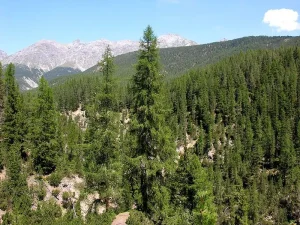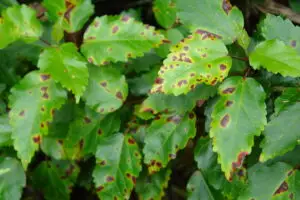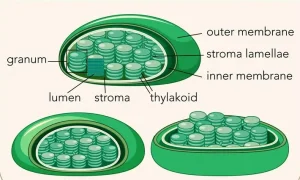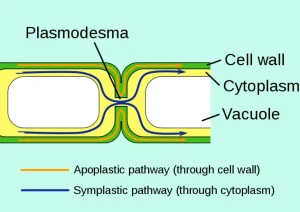Ecology-ecosystem and its types
The word “Ecology” was coined by a German biologist in 1869 . It is derived from the Greek word, “Oikos” meaning “House”. Ecology is the branch of science that deals with the study of interactions between living organisms and their … Read more




